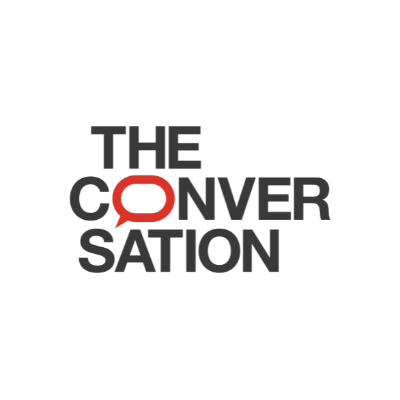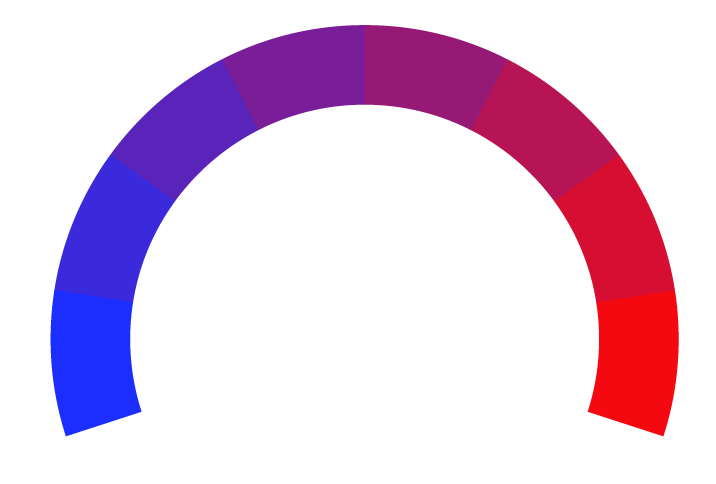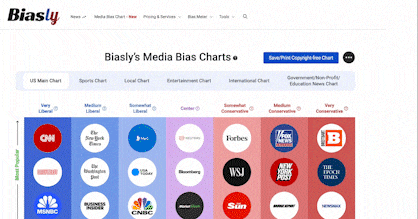 The Conversation Article Rating
The Conversation Article RatingA year after Supreme Court's Dobbs decision, Black women still struggle for access to reproductive health care
- Bias Rating
- Reliability
60% ReliableAverage
- Policy Leaning
50% Medium Right
- Politician Portrayal
-14% Negative
Continue For Free
Create your free account to see the in-depth bias analytics and more.
By creating an account, you agree to our Terms and Privacy Policy, and subscribe to email updates.
Bias Score Analysis
The A.I. bias rating includes policy and politician portrayal leanings based on the author’s tone found in the article using machine learning. Bias scores are on a scale of -100% to 100% with higher negative scores being more liberal and higher positive scores being more conservative, and 0% being neutral.
Sentiments
N/A
- Conservative
| Sentence | Sentiment | Bias |
|---|---|---|
Unlock this feature by upgrading to the Pro plan. | ||
Reliability Score Analysis
Policy Leaning Analysis
Politician Portrayal Analysis
Bias Meter
Extremely
Liberal
Very
Liberal
Moderately
Liberal
Somewhat Liberal
Center
Somewhat Conservative
Moderately
Conservative
Very
Conservative
Extremely
Conservative
-100%
Liberal
100%
Conservative

Contributing sentiments towards policy:
50% : Some of those states have seen an increase in demand for abortion at clinics.42% : The Dobbs ruling is not only out of step with the general public, it also does not jibe with the opinions of most African Americans, of which a significant majority - 68% - agree that abortion should be legal in all or most cases.
40% : An additional 10 states have further restricted abortion access without banning abortion outright.
40% : Reproductive health disparities beyond abortion
38% : According to the Pew Research Center, 57% of Americans disapprove the reversal of Roe, and 62% say that abortion should be legal.
33% : In fact, abortion is completely banned with few exceptions in Texas, Georgia, Mississippi, Louisiana and Alabama.
*Our bias meter rating uses data science including sentiment analysis, machine learning and our proprietary algorithm for determining biases in news articles. Bias scores are on a scale of -100% to 100% with higher negative scores being more liberal and higher positive scores being more conservative, and 0% being neutral. The rating is an independent analysis and is not affiliated nor sponsored by the news source or any other organization.






















